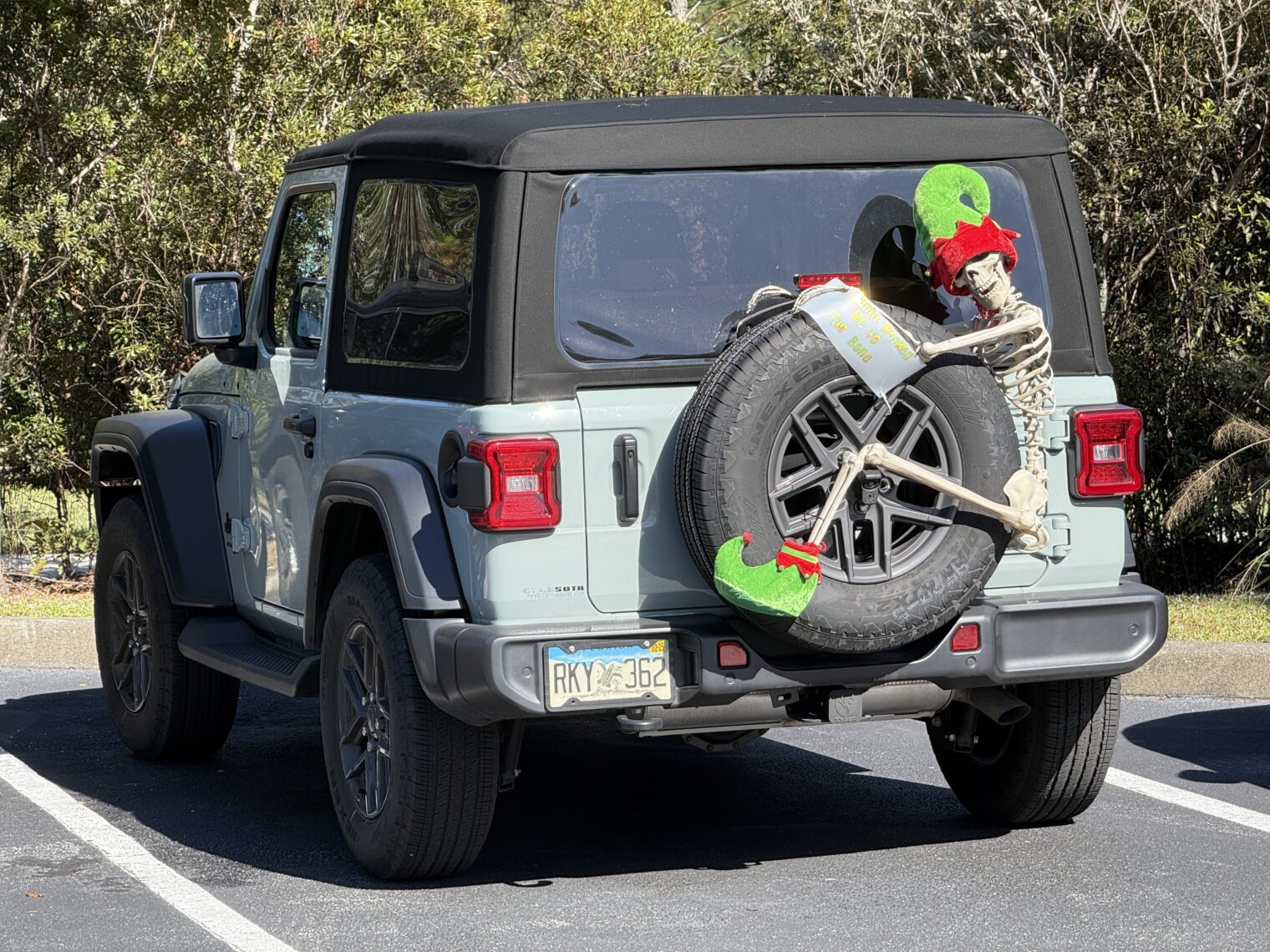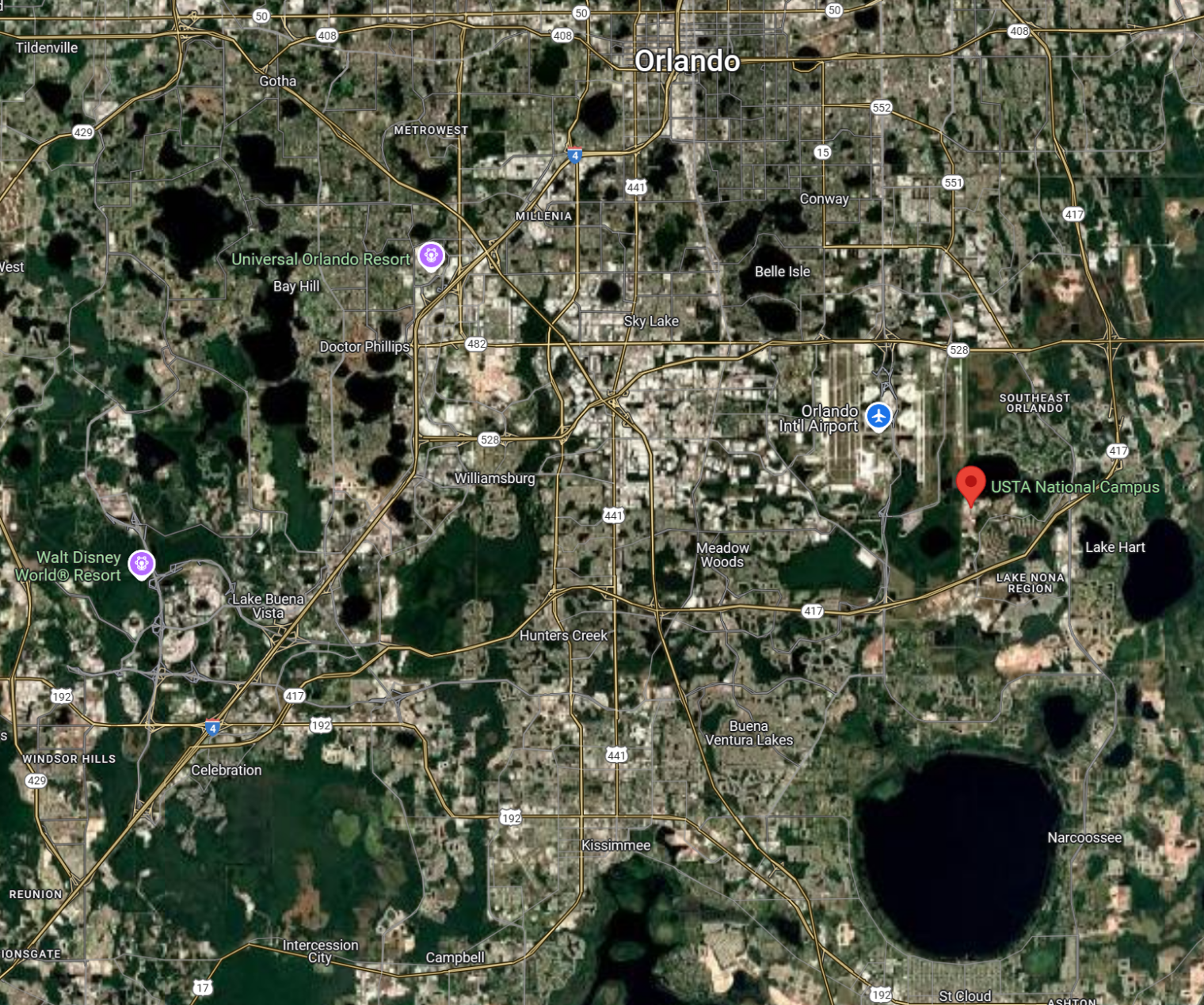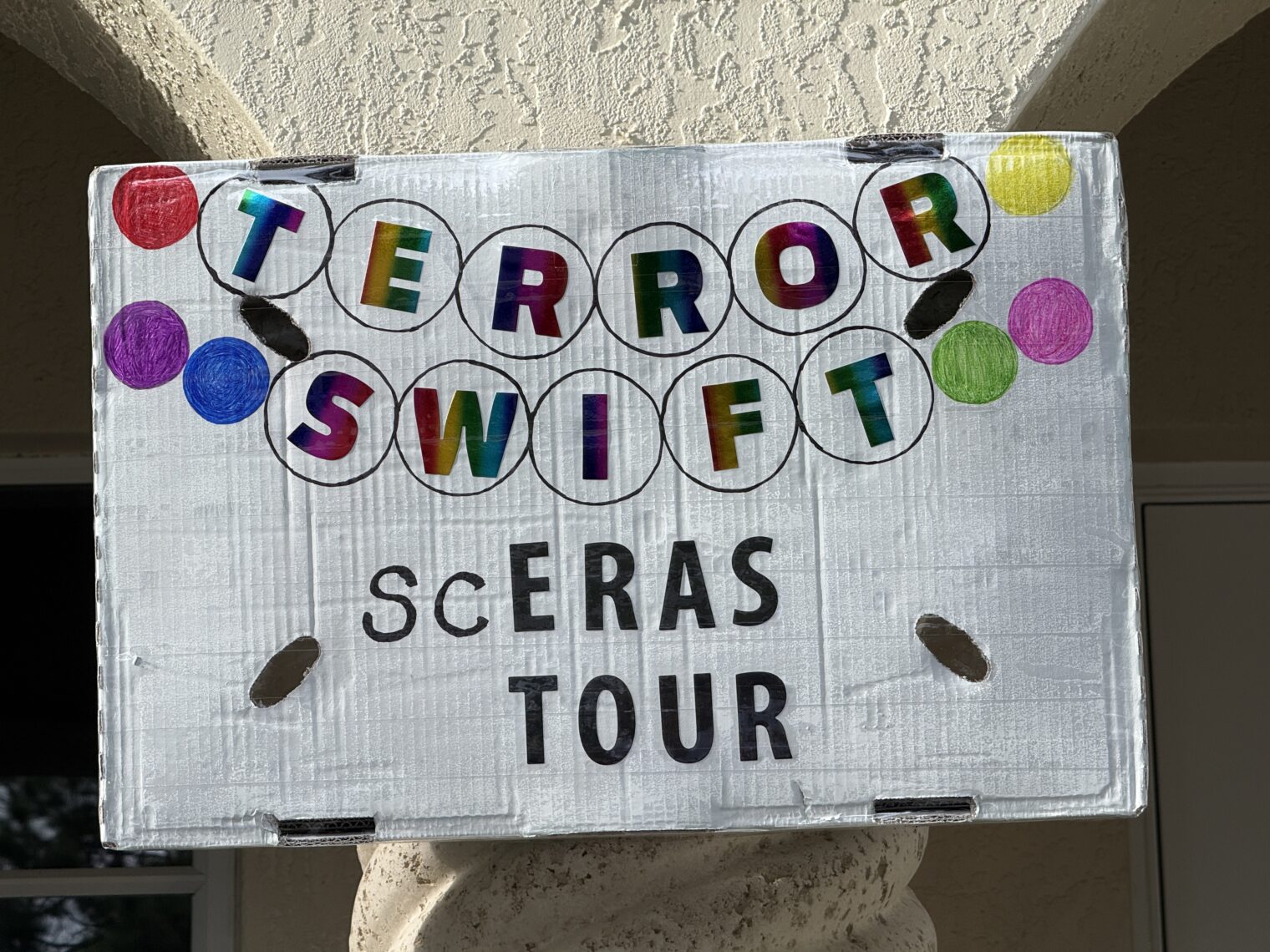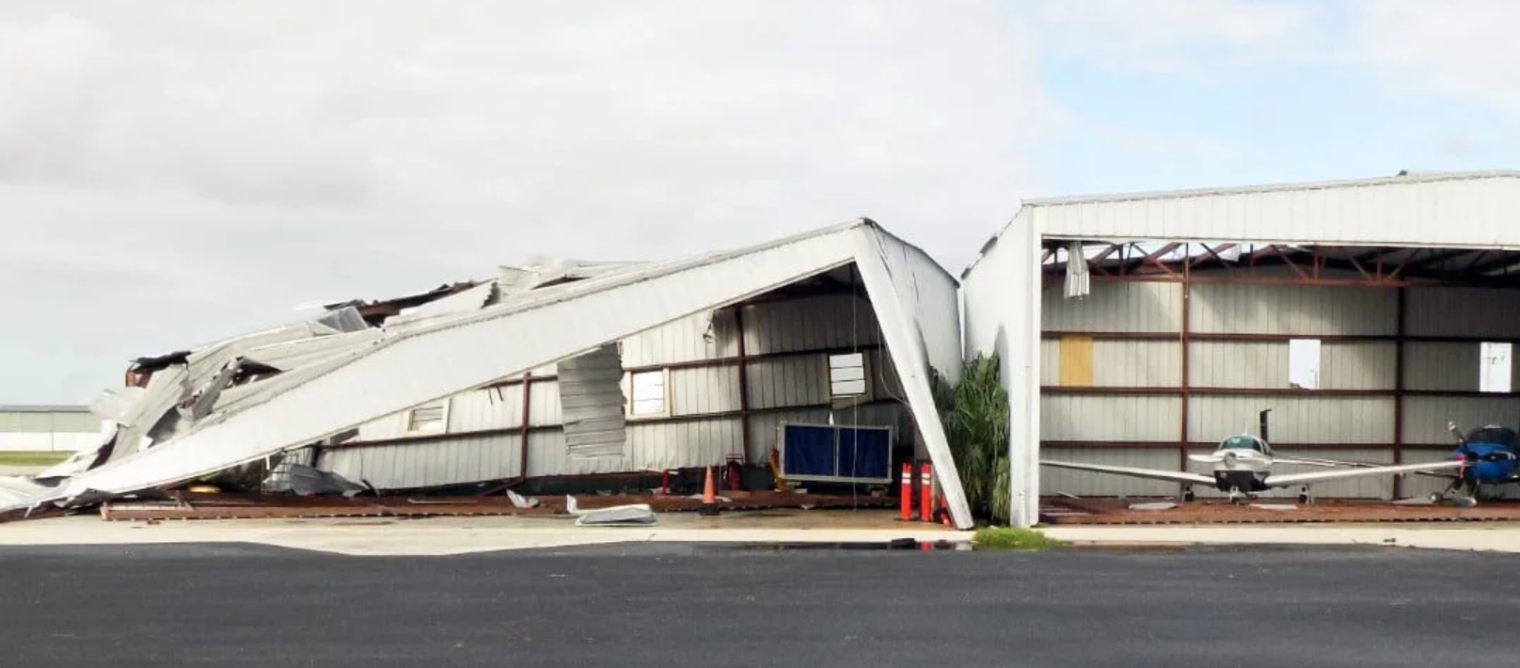My love that dare not speak its name for the Chevrolet Tahoe’s isolation from Florida highway texture noise
Loyal readers know me as someone who rejected the SUV religion almost as early and often as I rejected Faucism (saliva-soaked cloth face rags, lockdowns except for liquor and marijuana stores, and school closure as a way of slowing down SARS-CoV-2). Today I have a shameful admission to make… I’m almost in love with the Chevrolet Tahoe.
Our affair began at the Kissimmee, Florida airport. I dropped off the 20-year-old Cirrus SR20 so that it could get a new parachute and rocket at the factory-owned service center there (see Parachute and rocket replacement option for Cirrus owners who love Disney and Harry Potter). I reserved a “car” from Enterprise for the trip back to Stuart, Florida and was dismayed when they gave me what looked like two huge bricks:
By the time I was done with the two-hour trip, though, I marveled at the isolation from road noise. It seemed even quieter than our beloved 2021 Honda Odyssey (not to be confused with the 2025 Honda Odyssey that, thanks to continuous reinvestment and diligent engineering work, is exactly the same as our car). On smooth pavement, the noise level might be similar, but Florida highways have a tremendous amount of texture in the concrete. This is presumably to prevent hydroplaning during the Biblical rains that are common here. The interior noise level of almost every car that I’ve been in goes up dramatically when entering an interstate highway or turnpike from an untextured ramp. Not the Tahoe’s.
The car also drove well and the software design seems slightly better overall than for the typical Japanese car and dramatically better than for the typical European car.
Readers: Who else loves this absurdly oversized/overweight GM vehicle?
(One answer: a neighbor here in Abacoa! Below is a photo of the monster Tahoe in front of an efficiently sized minivan (visitor to the neighborhood? We’re one of the few families that has resisted the SUV craze).)
In other news, “Tested: 2025 Honda Odyssey Still Carries the VTEC Torch” (Car and Driver, December 18, 2024):
The Odyssey is also extraordinarily quiet at speed, which is especially impressive with this much frontal area. We measured 66 decibels at a steady 70-mph cruise, which not only bests all the other minivans—including the ID. Buzz by a wide, four-decibel margin—but also beats some luxury juggernauts, such as the Mercedes-Benz E-class. While the Odyssey is the quietest minivan, put your foot down and it becomes the loudest, with 80 decibels of VTEC fury at wide-open throttle.
The Car and Driver numbers are consistent with what I was able to measure in Maskachusetts, but I’m pretty sure that they’re a lot lower than what we experience when we take the Odyssey out on the textured Florida highways. The Tahoe tested at the same 66 dBA back in 2021, but I think it does a better job of keeping that 66 dBA when the road surface isn’t smooth.
Maybe we could find the perfect tire for the Odyssey and that would help? Car and Driver tested purported noise-killing tires back in 2016 and the results were weak:
If the effect appears small by our sound-meter measurements, it seemed even smaller when measured with our eardrums. We struggled to discern any significant improvement, although it probably didn’t help that our back-to-back drives were separated by a half-hour tire swap.
Continental confusingly claims a 9 dBA reduction in noise, but only at certain frequencies. I thought that the whole point of A weighting was to give a summary that matches human perception. Their ContiSilent tires aren’t available in sizes to fit the Odyssey, unfortunately.
Is it time to get a new vehicle? Our Odyssey is getting a little shabby after 4 years, but it is tough to summon the energy to push through all of the dealer paperwork in order to trade it for a minivan that is identical in all significant respects. It probably wouldn’t be a huge financial hit to buy the new minivan because our existing minivan will start depreciating like a rock soon enough. I don’t feel sufficiently high and mighty to switch allegiance to the Tahoe. Readers: Have you noticed any other car that is especially quiet over textured concrete?
Full post, including comments
















































